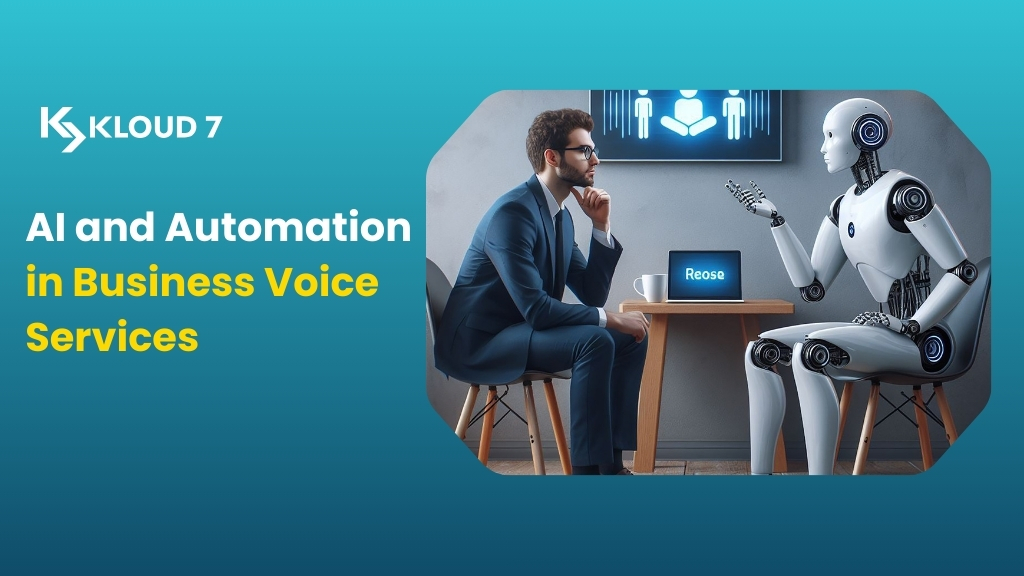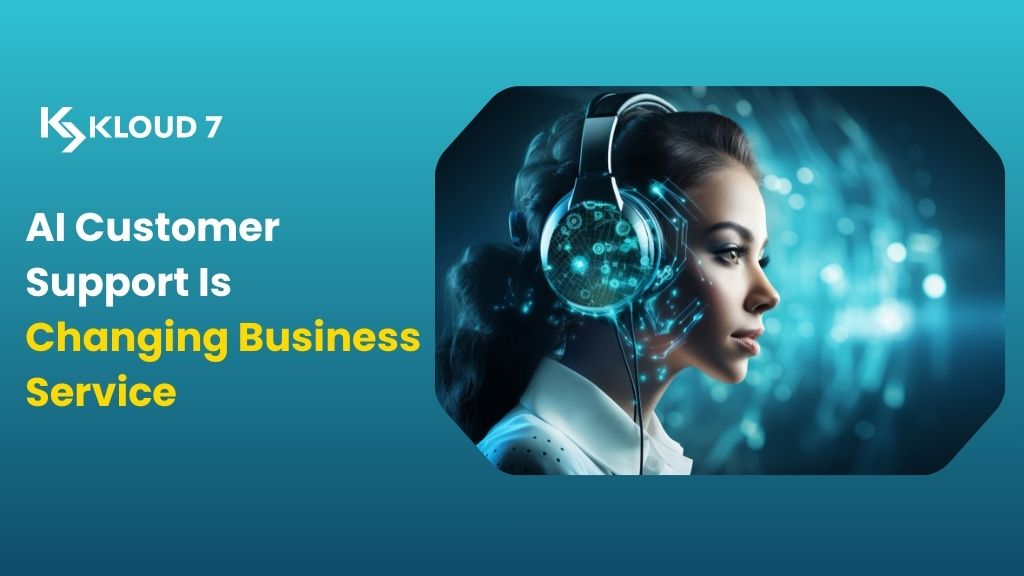The way businesses communicate with their customers is changing fast. AI and automation in business voice services are leading that change, making conversations faster, smarter, and more personalized. From call centers to virtual receptionists, companies are finding that intelligent voice tools can handle repetitive tasks, answer questions, and even support sales.
This isn’t about replacing humans completely; it’s more about combining machine-driven efficiency with human oversight. Think of it as giving your customer service team extra help so they can focus on problems that need real empathy and judgment.
Why AI Voice is Gaining Ground
Voice still matters. Even in a world full of chat apps and emails, many customers pick up the phone when they need help. That’s where AI voice agent services for businesses step in. They can answer calls instantly, route questions, and resolve common issues without long hold times.
Some businesses already use these systems for:
- 24/7 customer support
- Appointment scheduling
- Bill payment reminders
- Order tracking
- Multi-language support
This isn’t about fancy tech for its own sake. It’s about removing bottlenecks. Customers don’t like waiting, and staff don’t like wasting energy on the same basic questions all day.
Automation in Call Handling
One of the strongest uses of AI in voice services is automated call handling. Instead of pressing buttons on a phone tree, customers talk naturally to a system trained to understand intent.
Automation can:
- Direct calls to the right department
- Answer FAQs instantly
- Record information accurately
- Reduce call drop rates
Of course, automation isn’t perfect. There are accents, noisy backgrounds, or unusual questions that can confuse a machine. That’s why good systems always allow for an easy switch to a human agent when needed.
Personalization with AI Voice Agents
Personalization isn’t just for marketing emails anymore. AI voice agent services for businesses are being trained to remember past conversations, recognize loyal customers, and offer tailored responses.
For example, a telecom company might use an AI system that recognizes when a customer calls about data usage. Instead of repeating details, the system checks account history and says, “I see your current plan is 5GB. Do you want to upgrade to 10GB?” That small shift makes the interaction smoother and more human-like.
How Automation Cuts Costs
Cost savings often drive adoption. A single AI-driven voice service can handle thousands of calls a day without overtime pay, sick leave, or lunch breaks. Businesses don’t have to expand call center staff during peak seasons because automation absorbs the extra volume.
Yet cost savings shouldn’t be the only reason. Customers notice when businesses cut corners on service quality. The trick is balancing efficiency with warmth. Machines handle the quick stuff; humans step in for the complicated or sensitive conversations.
Integration with Other Business Tools
Voice services don’t work in isolation. They often connect with CRMs, payment systems, and scheduling software. That means an AI voice agent for businesses can check a customer’s order, process a payment, and send a confirmation all without human involvement.
For industries like healthcare, hospitality, and retail, this integration reduces paperwork and human error. Doctors’ offices use automated calls for appointment reminders. Hotels use AI to answer booking questions in multiple languages. Retailers let customers check order status by simply speaking into their phones.
The Human Side of Automation
Not everyone loves talking to machines. Some customers feel frustrated when they realize they aren’t speaking with a real person. That’s why businesses using AI in voice services should be transparent. Letting customers know they’re talking to an AI agent builds trust.
And here’s something worth noting: not all customers want the same experience. Some prefer quick, no-frills automated responses, while others expect empathy and patience. Businesses need to design systems flexible enough to handle both.
What’s Next for AI in Voice
We’re seeing progress in natural language processing, emotional tone detection, and multilingual fluency. Soon, AI voice agents might not just understand what you say but how you feel. Imagine calling a service line when you’re frustrated, and the system adjusting its tone to calm you down. That could change customer service forever or create new challenges if the “tone” feels fake.
The next wave will probably bring tighter integration with smart devices and wearables. Voice services will extend beyond call centers and land in everyday devices, giving businesses a wider reach.
FAQs
1. What are the main benefits of AI and automation in business voice services?
They reduce wait times, cut costs, improve call routing, and provide 24/7 support. Customers receive faster service, and staff can focus on addressing more complex issues.
2. How do AI voice agent services for businesses work?
They use natural language processing and automation to answer calls, direct customers, and handle simple requests without human intervention.
3. Can AI and automation in business voice services replace human agents completely?
Not really. While AI can handle routine questions, humans are still needed for sensitive, complicated, or emotional conversations.
4. What industries benefit most from AI voice agent services for businesses?
The healthcare, retail, hospitality, telecom, and banking sectors achieve strong results because they handle high call volumes and repetitive requests.
5. Are AI-driven voice services customizable?
Yes. Businesses can tailor scripts, train the AI on industry-specific terms, and connect it with CRMs, payment platforms, and other internal tools.
Conclusion
AI and automation in business voice services are here to stay. They save money, improve customer satisfaction, and keep operations running smoothly. But they’re not perfect. Some customers prefer not to talk to machines, and mistakes still occur.
The challenge for businesses isn’t whether to use AI, it’s how to use it wisely. Combine automation for speed with human empathy for depth. Customers will reward companies that get that balance right.




